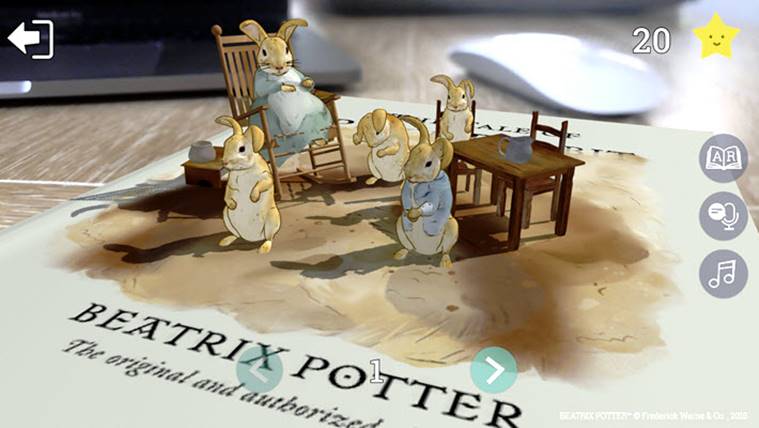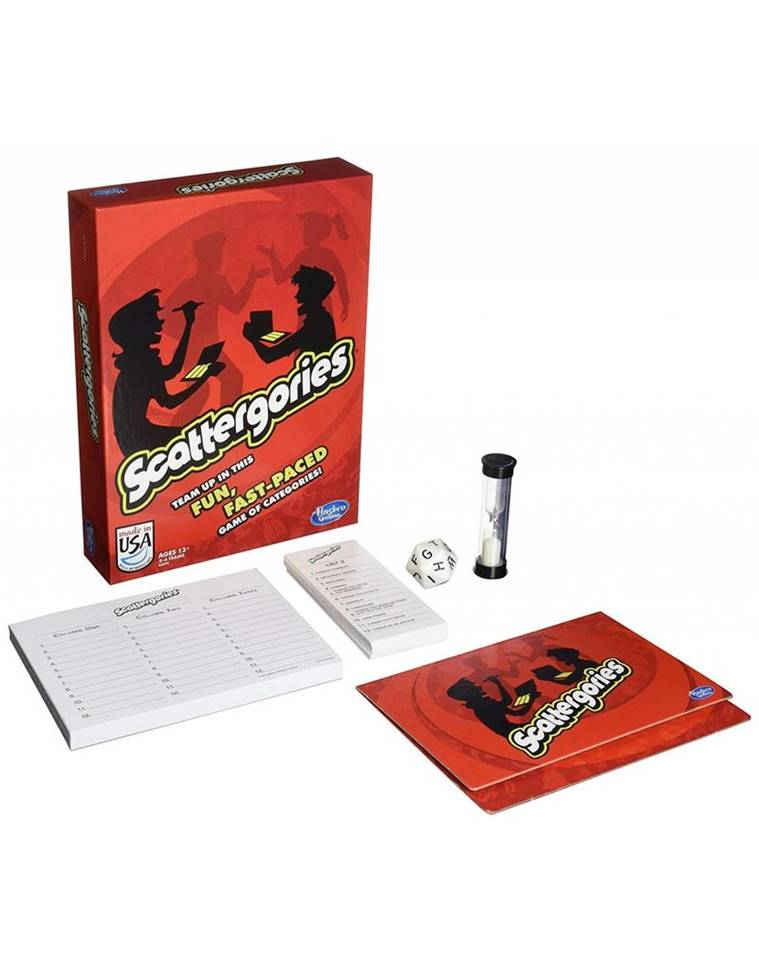Children who learn to read independently grow up to be creators and problem solvers. However, in order to grasp words and concepts, it is vital that children are repeatedly exposed to text at their independent reading level.

By Ritika Jain
Researchers have discovered that reading is an activity that enhances connectivity in the neural network and improves cognition and brain function. That’s why it’s never too early to read to your child. Children who learn to read independently grow up to be creators and problem solvers. However, in order to grasp words and concepts, it is vital that children are repeatedly exposed to text at their independent reading level. There are various teaching aids and methods to encourage the habit. And like everything else, it requires patience and practice.
Improve reading skills through these clever apps designed for Pre K-12:
Epic
This is an award-winning digital library for kids up to the age of 12, with over 35,000 book titles, audio books and learning videos ranging from animals to DIY topics and literature. Based on personal preferences, kids get suggested reading lists. They can also read offline and earn badges and rewards through quizzes. This way, parents can track their progress and kids can feel proud of their achievements. A free trial gives you a glimpse into the vast range of books for all reading levels like The Breadwinner, Big Nate, Thomas the Tank Engine, etc. https://www.getepic.com/
Bookful
The first app to bring books to life through augmented reality, this is a fun and easy way to read on any device. Just select a book on the app and choose between read or play modes, point to any surface and watch the magic happen. You can have the book narrated to you, or zoom in to see the animation up-close and swipe pages to go forward in the story. The interactive play mode lets you complete simple activities like collecting cabbage in a basket and learn the play way. Some evergreen stories like The Tale of Peter Rabbit and The House on Melody Street are featured here. https://bookful.app/
Also Read: 18 books and games to introduce your child to the world of art

Endless Reader: School edition
This app introduces ‘sight words’, the most commonly used words in school and children’s books. Recognizing sight words is advantageous for beginning readers because many of these words have unusual spelling, cannot be sounded out using phonics, and often cannot be represented using pictures. Delightful animations with friendly monsters explaining the context and word puzzles help to achieve reading fluency. https://play.google.com/store/apps/details?id=com.originatorkids.EndlessReaderSchoolEdition&hl=en_IN
Reading IQ
This online library for kids under 12 has a range of fiction and non-fiction stories, graphic novels, wordless books, historical fiction, biographies, how-to books, rhymes and more. There are also familiar titles like Curious George as well as magazines like National Geographic Kids. You can be assured of a child-safe environment without any advertisements and track your kid’s progress. This is a subscription-based model, with a free trial month. https://www.readingiq.com/
Also Read: Why children need to read more books in their mother tongue
Monkey Stories
These picture stories engage kids with audio-visuals and lay stress on each new word by highlighting it on the screen. Arranged by levels and topics, they are designed to teach single words, simple sentences or complex sentences. Repetition enables the younger child to memorise new words as well as learn phonics. The stories for older kids range from folk tales to transportation and technology. Apart from the well-crafted text, the quality of illustrations is also excellent. http://www.monkeyjunior.com/ http://www.monkeystories.net/
Additionally, you can help your little readers build their vocabulary through these fun games:
Headbanz
This guessing game can be played together by a whole bunch of people. One of the players puts a picture card on their forehead without seeing it. The other players have to give him clues without actually naming the object. Another way to play is by letting him ask yes or no questions. The person with the maximum correct answers wins.
Scattergories
Quick thinking and a great vocabulary are what you need for this one. You roll the 20-faceted-dice and start writing words starting with whichever letter the dice throws up. The trick is that these words have to fall in a certain category. For example, the letter is S and you have to think of an animated film, a winter fruit, a famous person and so on. When the time is up, players compare their words and whatever they have written in common gets cancelled out. The results can sometimes be hilarious!

Upwords
This is for everyone who likes word play. Like the classic scrabble, each player gets seven alphabet tiles to form words vertically or horizontally on a typically 64-square-board. However, unlike Scrabble, the letters can also be stacked on top of each other to create new words. A higher stack gets you more points.
Gifted Learning Flash Cards: Verbal Concepts
Flash cards have always been the best teaching aid for non-readers. These cards go a step ahead and rather than teaching a single word, they teach a concept via visual comparison. Teach your child near/far, above/below, horizontal/vertical, etc. Additionally, on the back of each card are questions to ask for a deeper understanding of the word.
Build a sentence
It’s a simple enough game but requires parental guidance. Nouns, verbs, adverbs and adjectives appear on colour coded tiles, which can be used in a various combinations to build sentences like I+can+read. It’s a great way to teach correct grammar, punctuation as well as introduce visual recognition of words.
Source: Read Full Article
